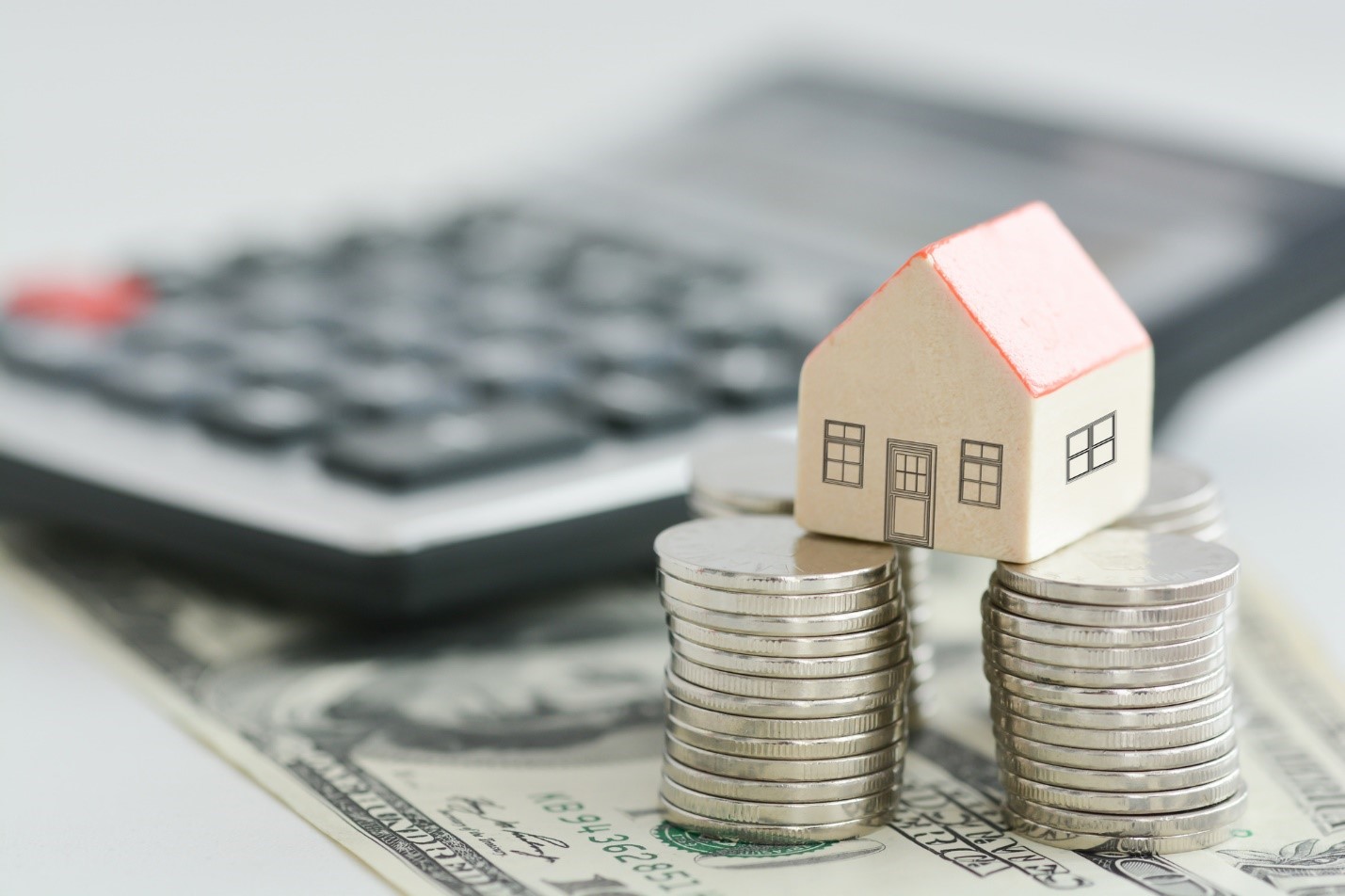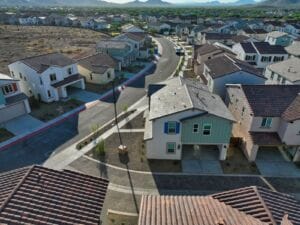Are you considering investing in a rental property? This can be a lucrative venture, but there’s a learning curve when you’re just starting out. One essential step is to find the right price for your rental property, and a rent estimate calculator can be invaluable for this purpose. Using this tool can help you make data-driven decisions, taking into account factors like location, amenities, and market trends, to maximize your rental income.
Keep reading to learn more about forming a great rental property investment strategy to use before you get started.
Education Is Key
Educating yourself in the world of rental properties is a great place to start before purchasing your first investment. While there are many things you can only learn through your own personal trial and error, there are many lessons you can learn from those who have paved the way before you.
Start by researching through books, courses, and other rental property owners.
Other investors are an invaluable resource to yourself, especially those with property investments in the same area you are considering. These people can give you first-hand accounts from their own experiences and tell you what to do and what to watch out for.
There are also plenty of resources online and books that you use to help guide you through creating the right strategy for yourself. They can also inform you about how to pay attention to social and economic changes.
You should also take a close look at your finances and know how much you can afford to invest. Ideally, you should have at least 20% of the home’s value as a down payment and closing costs.
In some instances, some lenders may require at least six months of mortgage payments saved up. This is in case there are emergency repairs or unexpected vacancies.
Invest in the Neighborhood
When choosing a property to invest in, you also need to invest in the neighborhood. You might think that your best choice is a quiet neighborhood with a big house to help you bring in a large profit. This isn’t always the case.
There are generally three different types of neighborhoods you will find. The first type is the picture-perfect ones with the well-manicured lawns, nice tidy fence, and a large house. These neighborhoods are usually full of homeowners and may not be the best area for your rental investment property.
The next type of neighborhood is the kind where there is a mixture of rentals and homeowners. The people who live in these neighborhoods are generally blue-collar workers, and there is a mixture of income levels. This setting is appealing for those individuals or families who are looking for a decent place to rent.
The last type of neighborhood is usually rougher around the edges. The income level is lower, and there is generally a higher turnover of renters. These neighborhoods tend to have more run-down homes, tenants who cause problems, and a higher crime rate.
Despite the issues these neighborhoods have, you might find that you can turn a decent profit each year since there is usually plenty of people hoping to rent. As a landlord, though, you will need to set high expectations for rent collection. Also, have a property management team experienced with fixing the property between tenants.
The Capitalization Rate
The capitalization rate is the amount of profit you will be able to earn with your investment. It is important to know the economics of rental property and determine this amount before deciding to make a purchase. It will help you decide whether it will be a good investment with a decent return rate.
To figure out what the capitalization rate is, you will estimate the net income you will receive from the property and then divide it by the property’s cost. Ideally, the capitalization rate will be at least 15% or more to be worth you investing.
However, if the property is in a great area and you can have tenants who pay on time and care for the property, you might decide that less than 15% is still worth it.
You should also constantly reevaluate your properties and occasionally consider when to refinance rental property that you own to maximize your return.
Buy Below Market
When you have decided to go ahead and take the plunge on buying an investment property to rent, you should make your purchase between 10% and 20% below the market.
When you purchase below market, this provides you with some financial leeway if you decide to sell this property. The money that you save in your purchase price can give you some room with the offer price. This also will help you get a good return on your investment.
Follow the 1% Rule
When you are considering different properties to purchase, you should keep in mind the 1% rule. This will help you narrow down your choices by determining if the monthly rental rate will equal at least 1% or more of the home’s cost. You should calculate what the gross monthly rent will be before you calculate total expenses.
If the monthly rental is less than 1% of the home’s cost, you should stop considering that property as an investment opportunity. You should also note that the nicer the neighborhood, the lower the return rate, but the investment is more stable. The more run-down neighborhoods tend to have a higher rate of return.
Learn More About Forming a Great Rental Property Investment Strategy
These are some of the main factors you should consider when forming a great rental property investment strategy. Even though there is no one tried and true strategy for every investor to follow, these are some of the tools that most successful investors will use to their advantage.
Before purchasing a property to rent out, first, evaluate the neighborhood where the home is located.
Next, you should determine what the capitalization rate will be and try and purchase the home for 10% to 20% less than the market value.
If you would like more investment tips and information, be sure to visit our website daily!




